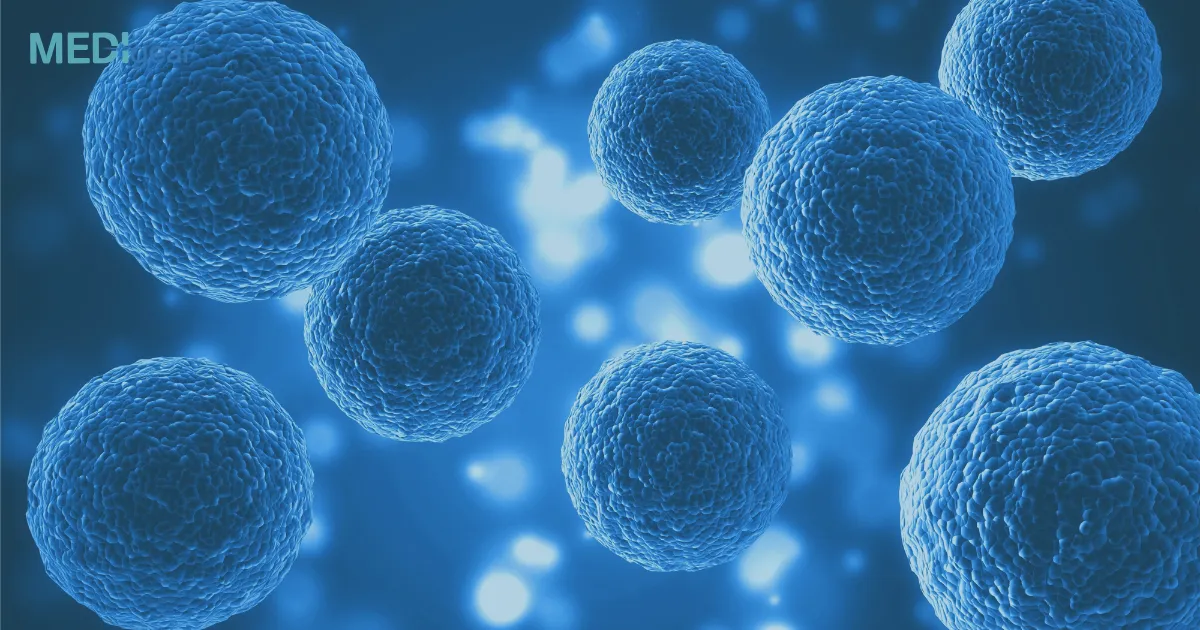Advancements in regenerative medicine are transforming the way damaged tissues and skin disorders are treated. Among these innovations, bioreactor-based dermal stem cell cultivation stands out as a crucial technique for producing consistent, high-quality cells suitable for therapeutic applications.
Bioreactors provide a controlled and sterile environment for expanding stem cells outside the human body—making large-scale production for clinical use both efficient and safe.
Understanding Dermal Stem Cells
Dermal stem cells, found within the skin’s deeper layers, have the remarkable ability to differentiate into fibroblasts, keratinocytes, and other skin-repairing cell types. These cells play a key role in wound healing, anti-aging treatments, and reconstructive therapies for burns or scars.
However, cultivating these cells in a traditional lab culture can lead to variability, contamination, or loss of potency. This is where bioreactors bring precision and reproducibility.
The Role of Bioreactors in Stem Cell Cultivation
A bioreactor is a specialized device that mimics the physiological conditions required for cell growth. In the case of dermal stem cells, it regulates critical parameters such as:
- Temperature and pH: Maintains optimal cellular metabolism.
- Nutrient and oxygen supply: Ensures uniform growth through continuous medium perfusion.
- Shear stress control: Uses gentle agitation to avoid cell damage while promoting natural differentiation.
Through computer-controlled systems, bioreactors maintain a stable and dynamic culture environment, allowing cells to multiply while preserving their regenerative potential.
3D Culture Systems for Realistic Skin Growth
Unlike static culture flasks, modern bioreactors support 3D scaffolds or microcarriers that replicate the skin’s extracellular matrix. These structures help dermal stem cells adhere, proliferate, and form tissue-like layers—making the cultivated cells more physiologically relevant for therapeutic use.
3D bioreactor systems are particularly beneficial in:
- Wound healing therapies
- Bioengineered skin grafts
- Testing of dermatological drugs and cosmetics
Applications in Regenerative and Cosmetic Medicine
Bioreactor-grown dermal stem cells are being used in a variety of experimental and clinical applications:
- Burn and ulcer healing: Accelerating re-epithelialization of damaged skin.
- Anti-aging treatments: Rejuvenating dermal tissue by restoring collagen and elasticity.
- Scar reduction therapies: Regulating fibroblast activity for smoother healing outcomes.
This technology offers scalable production for both autologous (patient-specific) and allogeneic (donor-based) therapies.
Challenges and Future Outlook
While promising, bioreactor-based dermal stem cell production faces ongoing challenges such as standardizing differentiation protocols, ensuring genetic stability, and meeting Good Manufacturing Practice (GMP) compliance for clinical deployment.
Future innovations aim to integrate AI-driven monitoring, sensor-based feedback loops, and automated cell harvesting to make stem cell therapy safer, faster, and more accessible.
Conclusion
Bioreactors have revolutionized how dermal stem cells are cultivated, providing a controlled and reproducible environment for large-scale therapeutic use. By combining engineering precision with biological innovation, they bring us closer to the future of personalized regenerative skincare and wound healing.
Disclaimer: This content is intended for educational and informational purposes only. It does not constitute medical advice. Always consult qualified healthcare professionals for diagnosis or treatment of skin-related conditions.






